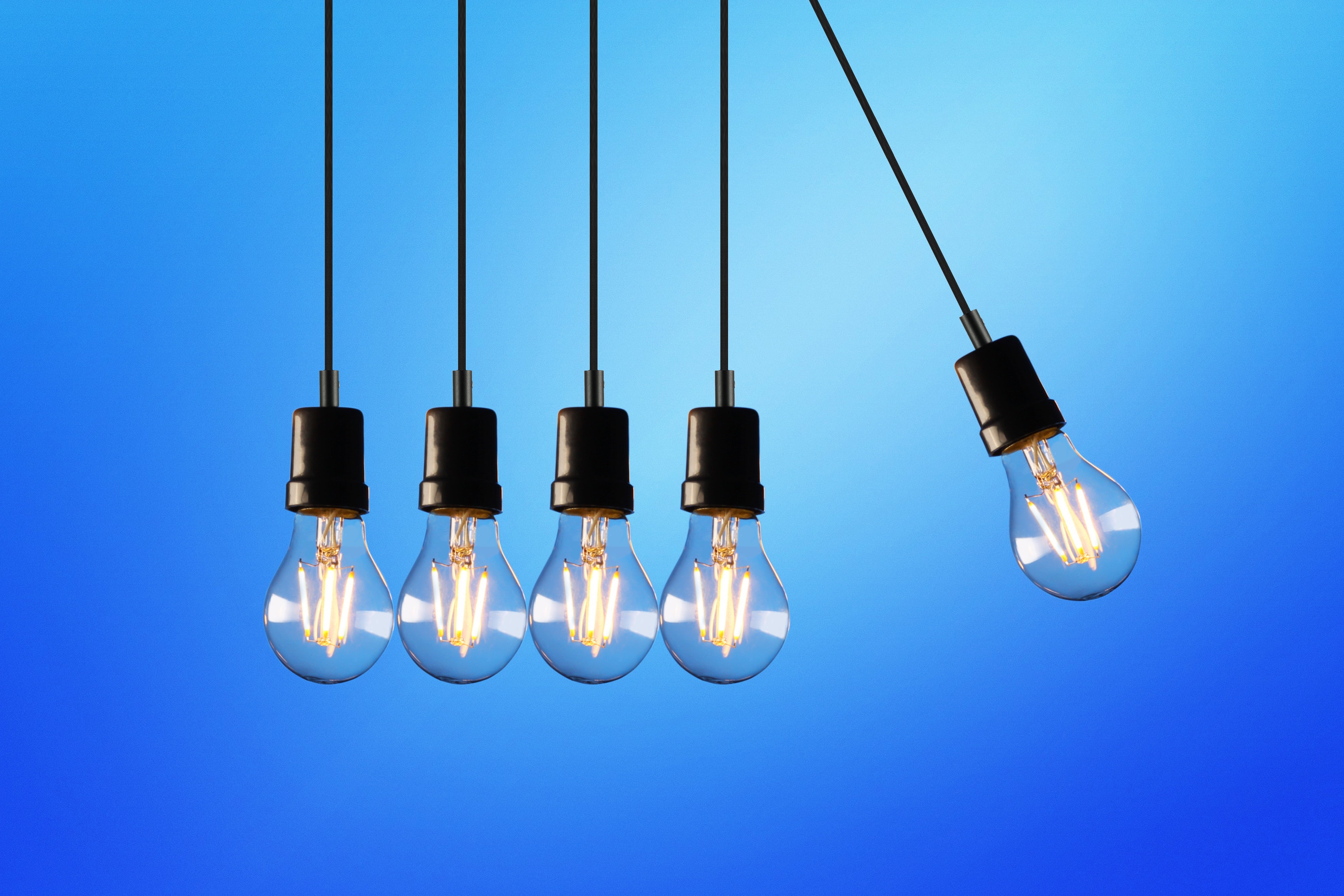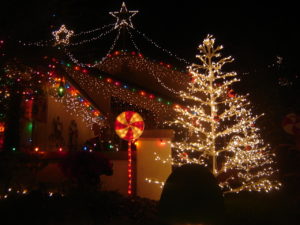As a homeowner, it’s very important that you try to avoid any electrical problems before they occur. Whether an outlet becomes loose or you use extension cords improperly, electrical problems can result in a fire developing or your home not using energy correctly, the latter of which could lead to higher monthly energy bills.
There are many different ways that you can avoid having problems ahead of time, the primary of which involves the conversion of certain appliances in your home to more energy-efficient solutions. From solar water heaters to smart power strips, using energy-efficient solutions in your home will reduce the likelihood of electrical problems while increasing your monthly energy savings.

These improvements will also be very helpful to the environment. If you’ve recently been thinking about making energy-efficient upgrades throughout your home, the following is a comprehensive list of eight of the best energy-efficient solutions that you can use in your home.
1. Magnetic Refrigerators
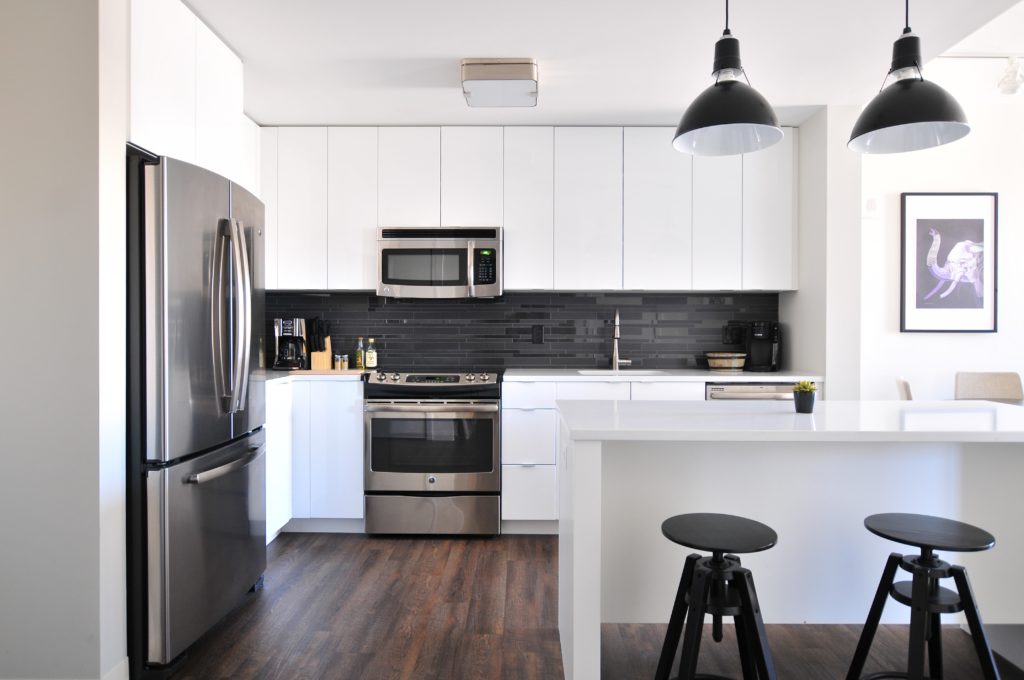
If you’re in the market for a new refrigerator or would like to upgrade to a model that doesn’t use as much energy, you should definitely consider a magnetic refrigerator. Keep in mind that this technology is relatively new and has only been applied to commercial refrigerator units, which means that you may have to wait a couple years before magnetic refrigeration can be used in residential refrigerators. This technology uses what’s known as a magnetocaloric effect to make refrigerators more efficient.
By changing the magnetic field, temperature can increase or decrease, which means that these refrigerators can use magnets to create the cold temperatures that are needed in a refrigeration unit. Standard refrigerators use various coolants to create cold, which can adversely affect the environment. With this technology, you’ll have lower monthly energy bills and will produce lower amounts of carbon pollution.
2. Solar Water Heater
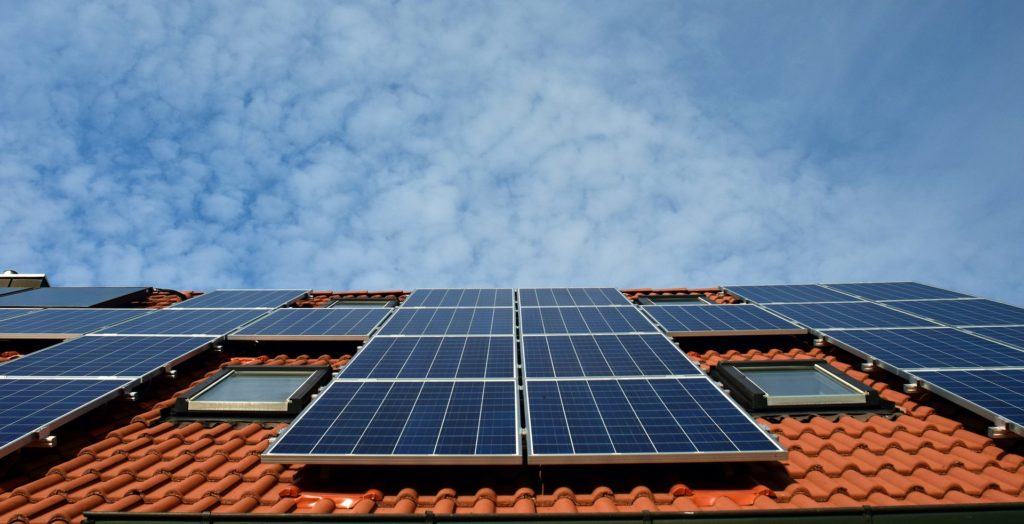
The most efficient way to heat the water in your home is with a solar water heater, which takes thermal energy from the sun and uses it to heat water. Because of the materials that these heaters are made from, the collected water can remain hot for lengthy periods of time, which means that the sun doesn’t always need to be out in order for you to receive hot water. While there are several different types of solar water heaters that you can select from, all types are going to be more efficient than gas-powered or electric-powered water heaters.
These systems are automatically more efficient because they take energy from the sun, which means that you won’t need to pay money for the energy that you use. By foregoing the use of electricity, the creation of greenhouse gases and air pollution is almost nonexistent, which helps the environment significantly.
Because you don’t need to make monthly energy bills, you’ll only be required to pay upfront costs. The initial costs for the installation of a solar water heater and the partial solar array on top of your roof can be anywhere from $2,000-$5,500. While these costs might seem high, you should be able to recoup this initial expense in as little as 2-3 years, which makes this a very affordable upgrade.
3. LED Lighting

Among the easiest ways to make your home more energy-efficient is to convert your incandescent light bulbs into LED lighting. To understand just how efficient these bulbs are, studies show that LED lighting is nearly 85 percent more efficient than incandescent lighting, which is fantastic for the environment and will invariably lower your monthly energy bill.
Since these bulbs use less energy, they are also cooler to the touch, which makes them easy to handle when you need to change a bulb. A single LED bulb can cost you around $1.50-$2.00, which is $.50-$1.00 higher than an incandescent bulb. However, LED bulbs are known to last much longer, which helps to offset the slightly higher costs. If you’re interested in helping the environment, changing your current incandescent bulbs to LED bulbs is likely the most affordable way to do so.
4. Energy-Efficient Windows
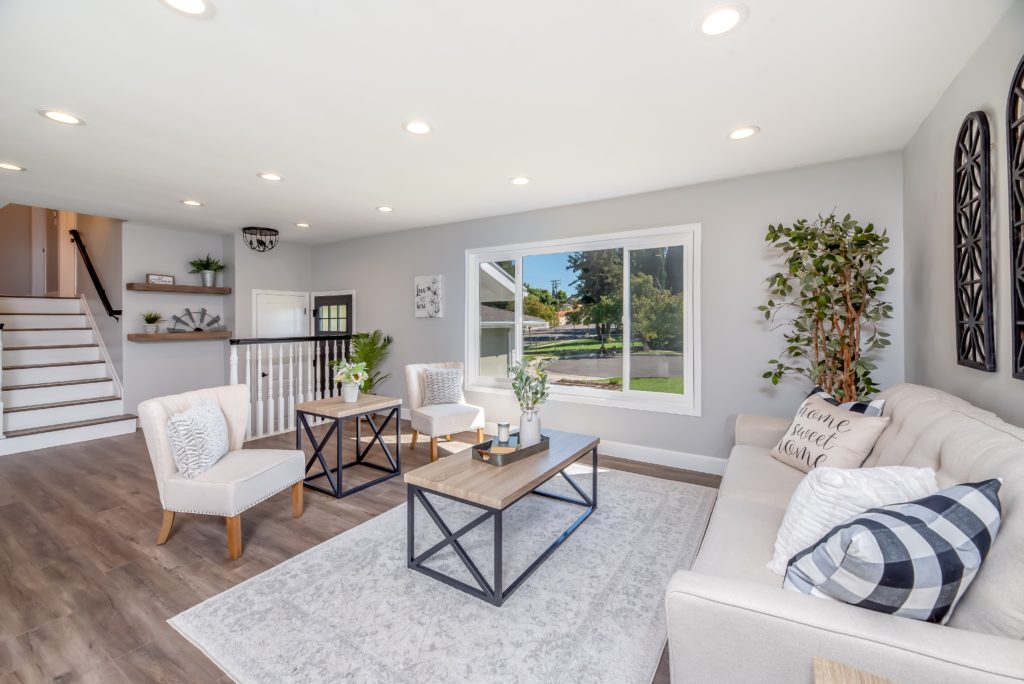
An often-overlooked upgrade that can make a home more energy efficient is the conversion from standard windows to energy-efficient windows. All you need to do is switch from your current single-pane windows over to double-pane windows. While doing so requires a somewhat high initial investment depending on the number of windows in your home, you should be able to substantially decrease your current heating and air conditioning bills.
Single-pane windows are less thick than their double-pane counterparts, which means that they let out much more hot and cold air. When hot or cold air is let out of the home, the air conditioner or heater will be forced to turn on more often than it should, which uses more energy and is more harmful to the environment. If you can’t afford to upgrade to double-pane windows at the moment, you should at least consider insulating the windows to make them more efficient.
5. Solar Array
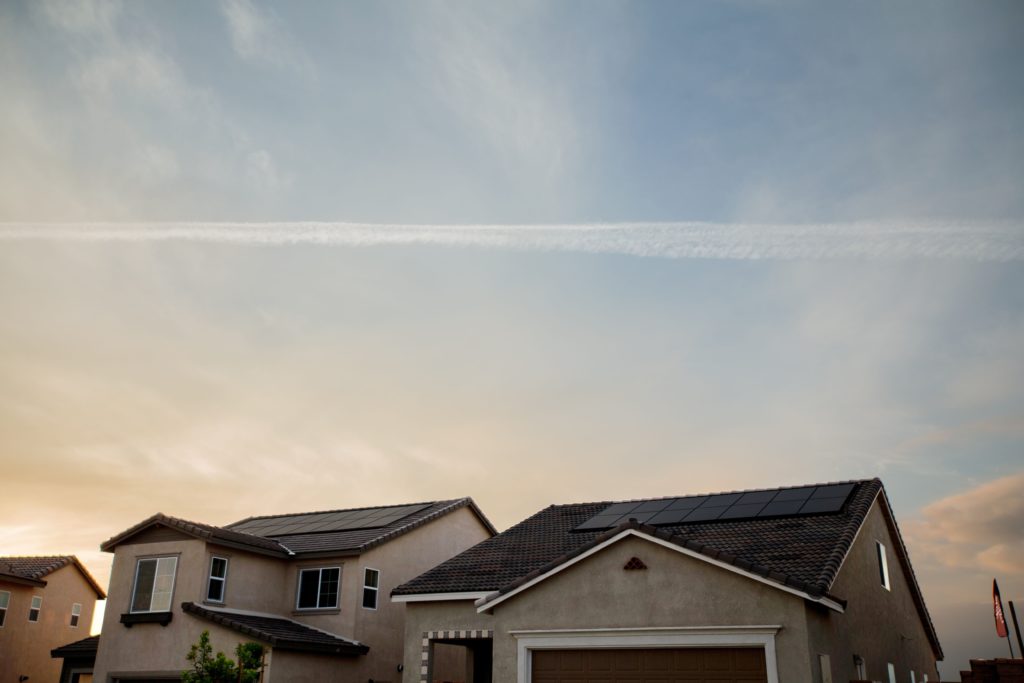
Likely the best energy-efficient solution for a home is the installation of a complete solar array, which allows homeowners to convert thermal energy from the sun into electricity that can power the appliances around their home. The solar panels that you can install onto your roof will use photovoltaic cells to store thermal energy from the sun and convert it into electricity. You could also purchase a battery along with the solar array that can store this energy for a lengthier period of time, which will allow you to use this form of energy even at night and on cloudy days.
By having a solar array installed, your monthly energy bills should be nonexistent, which will invariably help to reduce pollution and lessen your overall electricity expenses. The upfront cost for a solar array is around $12,000-$20,000 after you’ve used the tax rebates that are available to you. You should be able to recoup these expenses in around 6-10 years. Solar panels are designed to last for upwards of 20 years, which makes this a great investment.
6. Install Smart Power Strips

If you want to protect the environment and reduce the chance of an electrical problem in your home, it’s highly recommended that you install smart power strips around your home. The standard power strips in your home can be the cause of a significant amount of your monthly energy bills. Even when devices around your home are shut off or have been fully charged, they will still use a small amount of energy if they are plugged into outlets and power strips.
In fact, it’s been found that leaving devices in power strips when not in use is the source of upwards of 20 percent of annual energy waste throughout the country. Smart power strips come with anywhere from 6-12 outlets and are designed to shut off completely whenever a device has reached a full charge or is currently turned off. These smart power strips cost around $25-$35 apiece, which means that you can recoup the investment for a single power strip in around 5-6 months.
7. Programmable Smart Thermostat

If you want to be able to control every facet of how your HVAC unit works, it’s recommended that you obtain a programmable smart thermostat. These thermostats come with very simplistic installation requirements and are typically easy to control. When using one of these thermostats, you can program the device to alter the temperature whenever you don’t require a high amount of heating or cooling, which could be in situations when you’re asleep or when you’re on vacation.
Many of these thermostats are also equipped with functionality that allows them to be controlled from an application on a tablet or smartphone device. As such, you can control the thermostat even when you’re not at home. By using your heating and air conditioning units only when necessary, your energy usage should lessen significantly, which also means that less pollution is created and put into the environment. This type of thermostat can cost anywhere from $70-$250, which is relatively affordable for the amount of savings that you’ll be provided with.
8. Advanced Insulation
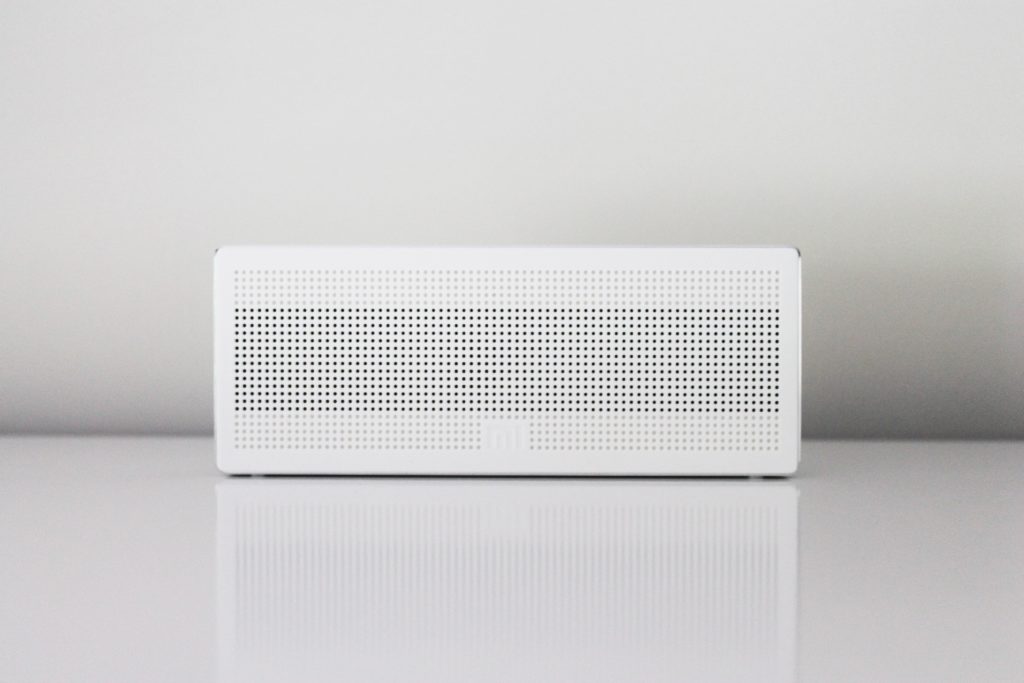
The air conditioner or heater in your home is programmed to turn on when the air inside of the home becomes too hot or too cold. If your home isn’t properly insulated, the air from outside can quickly affect the indoor temperature, which will cause your air conditioner or heater to turn on more often than it should. When this happens, you’ll need to use more electricity to power the unit, which makes it less efficient. In order to get rid of these issues and increase the energy efficiency in your home, you should consider installing advanced installation.
A new type of foam insulation is currently being developed that’s comprised of environmentally-friendly materials that heavily reduce the amount of heat that escapes from walls, attics, and other rooms inside your home. While this type of insulation has yet to be placed on the market, it’s important that you take the time to look at the current insulation around your home. If this insulation has deteriorated in quality, you might want to think about having new insulation installed in your home.
The EPA estimates that around 10 percent of all energy use in a home during the year is caused by poor insulation, which amounts to around $200. In order to add new insulation to your home, you should expect the costs to be around $2,500-$4,500. While these initial costs are high and can take anywhere from 1-2 decades to fully recoup, you’ll also be more comfortable in a home that’s properly insulated, which is another benefit to go along with the monthly energy savings.
Home Energy Savings & Energy Conservation
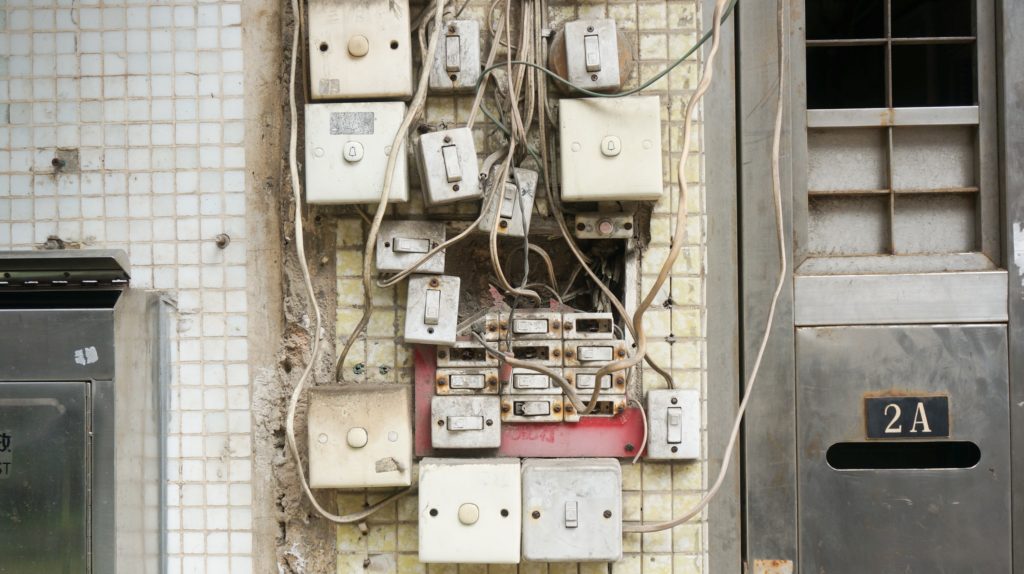
Avoiding electrical problems and using various types of energy-efficient technology in your home can save you a significant sum of money in the long run. These energy-efficient solutions are easy to implement and will allow you to do your part in helping the environment.
While the aforementioned energy-saving solutions are perfect for any homeowner, there are many more solutions that you can apply to your new luxury home if you want the changes to be substantial.
If you’re interested in purchasing a new Tucson luxury home, contact Susanne Grogan of Grogan & Grogan Tucson Luxury Real Estate today. Once we learn more about what you want from a home, we can assist you in finding the luxury home of your dreams!


